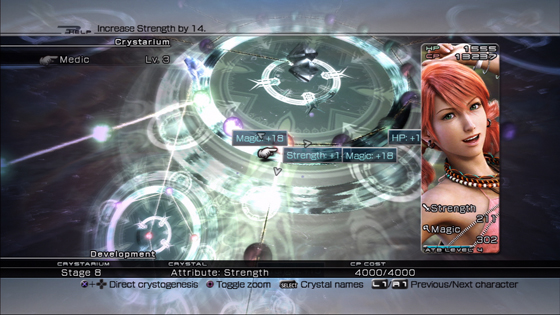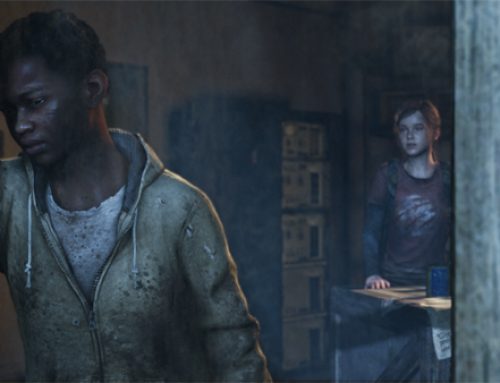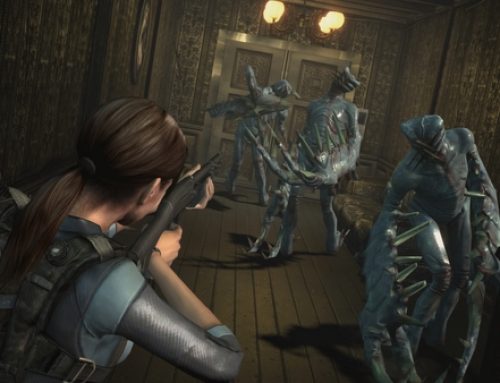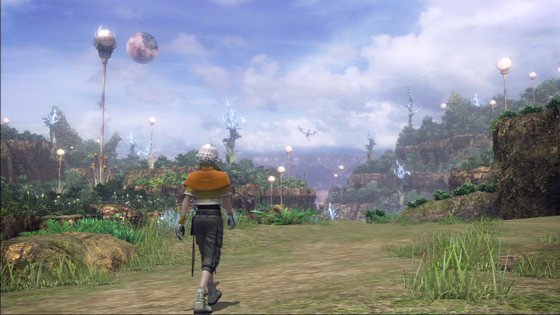
The world of Square Enix's "Final Fantasy XIII" is one of the most well-realized that video gaming has to offer.
Since its release last month, “Final Fantasy XIII” has divided gamers like few titles could. On the one hand, its streamlined storytelling and combat make for the sort of controlled, movielike experience that’s all the rage in titles like “Uncharted 2: Among Thieves.” On the flipside, the large Roman numeral at the end of the title means the long-running series’ fans have expectations, and many of those go unmet as a result of all the fat-trimming.
While past “Final Fantasy” titles have featured expansive worlds for players to explore, “FFXIII” takes a different approach. Based on what you see and the lore you reveal as you play, the interrelated worlds of Cocoon and Gran Pulse more than hold their own among gaming’s most original settings. (It’s worth mentioning for those unfamiliar with “Final Fantasy” games that each title in the core series is a standalone game, set in its own world, and not a sequel to the game that preceded it.)
Cocoon, the homeland of most of the game’s characters, is a floating, egglike structure built by a godlike race of quasi-immortals known as fal’Cie. Humans live inside this egg, with the fal’Cie providing things like light, heat and food. Gran Pulse, or just Pulse, is a massive planet below the world of Cocoon, filled with all manner of dangerous creatures and other fal’Cie, whose aim seems to be to destroy Cocoon.
Fal’Cie also have the ability to deputize humans, imbuing them with a brand that grants magical powers but also compels them to realize some goal. If they succeed, these l’Cie, as the game calls them, are rewarded with eternal life. If they ignore their goal for too long or can’t complete it, they’re turned into monstrous, cursed creatures who mindlessly roam the land.
You can probably see where this is going. Several hours into the game, your characters are made l’Cie and begin having dreams of Cocoon’s destruction. But whether they’re meant to destroy Cocoon or save it is up to interpretation and becomes clearer as you progress.
Given that I’ve just spent three paragraphs on exposition without describing any of the game’s central characters or motivations, you probably have an idea of just how much there is to discover about Cocoon, Pulse and their inhabitants. But your tour of these worlds is a guided one. With the exception of one late-game chapter, you’re not free to roam, as in past “Final Fantasy” games. For the most part, you’re on one straight path to the end of the game, a route interrupted periodically by in-game movies that advance the plot and deepen your relationships with the characters.
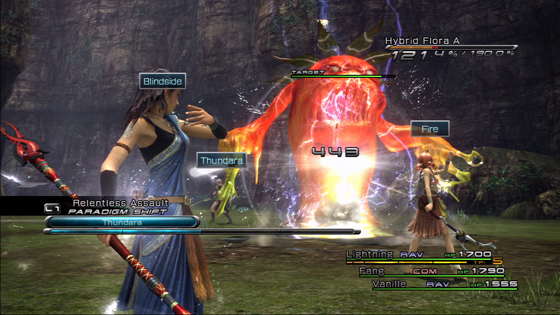
"Final Fantasy XIII's" gameplay has four main components: Fighting (above), watching movies, running to the next fight and optimizing your characters and equipment.
As is the case with “Uncharted 2,” the play-a-bit, watch-a-movie, play-a-bit-more, watch-another-movie setup lets “Final Fantasy XIII’s” writers control the pace at which the story unfolds. But while “Uncharted 2,” admittedly an entirely different game with entirely different developers, keeps you on the edge of your seat, with gorgeous set pieces and unexpected twists and turns, “Final Fantasy XIII” can take five times as much time to complete. You just can’t sustain such a controlled narrative for that long without risking losing the player, or causing them to reflect on how little freedom they have to explore. While “FFXIII’s” story is well-written enough to keep sucking you back in, it’s hard for the game not to feel like a slog at times, an endless cycle of lather, rinse, repeat.
(It’s worth mentioning that, while playing, I was struck more than once by the idea that I might enjoy “FFXIII” more were I not playing it nearly every night over several weeks in my haste to turn around this admittedly somewhat late review. Perhaps the game is best enjoyed in sips, rather than gulps.)
With nothing of the game world to discover on your own, you’ll quickly learn that the real star of “Final Fantasy XIII” is its deep, “paradigm”-driven battle system, in which you assign each character preset roles, then swap between different configurations of roles on the fly in combat.
A certain type of gamer will fall in love with “Final Fantasy XIII.” Sure, the story can be extremely plodding and linear, unfolding the same way every time you play. But the process of upgrading your characters through the game’s customizable “crystarium” system, improving your weapons and equipment through chef-like tinkering with dozens of components, and endlessly adjusting your party’s makeup and paradigm decks gives players infinite possibilities. Anyone addicted to comparing and contrasting the myriad guns and accessories of “Borderlands,” or who was left cold by “Mass Effect 2’s” streamlined inventory management, will find plenty to like in “FFXIII.”
The game’s battle system and menus are so perfectly organized that my lone complaint about them is that they should’ve afforded more flexibility. Actions in combat are performed by assigning commands to a segmented meter that fills up quite quickly. For the most part, you’ll be managing your characters’ roles and just hitting a button that allots commands automatically based on situation, because selecting all the commands yourself is too inefficient.
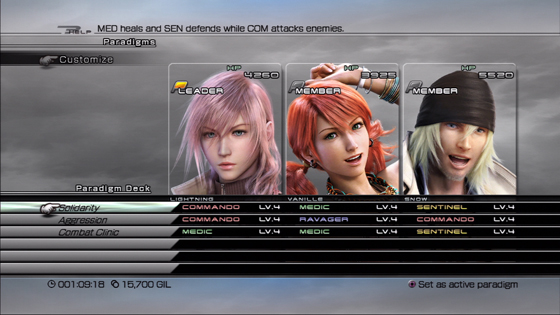
Because so much of the combat is automated and you only control one character, you'll spend a lot of time in this screen, shuffling different combinations of combat roles.
With so many choices available in combat, more experienced role-playing gamers should have been given the option to slow the meter, queue up commands on their own and even take charge of more than one character at a time. While I applaud “FFXIII’s” designers for making the combat system more player-friendly and movielike, some gamers will want to pop the hood on Square Enix’s battle engine and see what’s going on under there. Too bad for them. Like those of us wishing to know more about the rich twin worlds of Cocoon and Gran Pulse, some players will be left longing to explore the battle system on their own, particularly during some of the most difficult fights.
In short, “Final Fantasy XIII” features one of the most fully realized worlds and richest combat/menu systems of any role-playing game you’re likely to find. But a puzzling, dictator-like insistence that you play the game at the developers’ pace and never have full control of a complex and rewarding battle system knock the game down a notch from the realm of the “great” to “good.”
“Final Fantasy XIII,” rated T, retails for $60 on the PlayStation 3 and Xbox 360. I played through the game on the PS3, with a copy of the game supplied by the publisher for review purposes.

